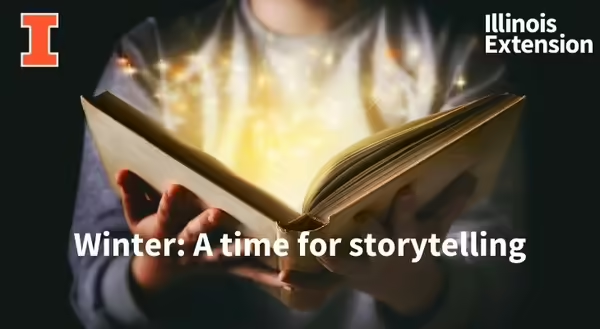
Welcome to winter. During this cold and snowy time, many American Indian cultures use the time for traditional storytelling. Storytelling serves two main purposes, entertainment and education. And the really good stories do both. Hearing a story or reading a book is like receiving a gift from the storyteller or author. In Native American cultures, a gift of tobacco is offered to the storyteller before the story begins as a sign of respect. The storyteller will often take the tobacco outside and place it on the earth as an offering to the spirits of the story. So in these months dedicated to storytelling here are a few authors worth reading, no tobacco needed.
- Robin Wall Kimmerer, trained as a botanist and a member of the Citizen Potawatomi Nation she holds that plants and animals are our oldest teachers. Her book, Braiding Sweetgrass, blends her two roles and provides a fascinating view of our world.
- Kathleen Dean Moore, a philosopher by training and a naturalist by heart. She writes using a mixture of both disciplines. River Walking, is a series of essays which explores how the river sustains life, humans and critters alike.
- Alison Hawthorne Deming, a poet and professor of creative writing at the University of Arizona. Ms. Deming brings a lyrical quality to her writing, both in her poetry and creative nonfiction. For poetry enthusiasts, Science and other poems is an excellent example of her work. Looking for a nonfiction read, Zoologies asks the question what does the disappearance of animals mean for us.
- Kathryn Miles, award winning journalist, environmental theorist and this author’s mentor. Dr. Miles makes complicated science accessible to the layperson. Her book, Quakeland: On the road to America’s next devastating earthquake, does just that. She explains the science behind this fascinating, potentially disastrous natural phenomena.
So, pick up a book during this traditional storytelling time. And enjoy a gift from a new favorite storyteller.
Did you know? According to Native American tradition, it’s also the most respectful time to tell stories about the animals, as a number of them hibernate and are less active making them less likely to overhear someone speak about them.